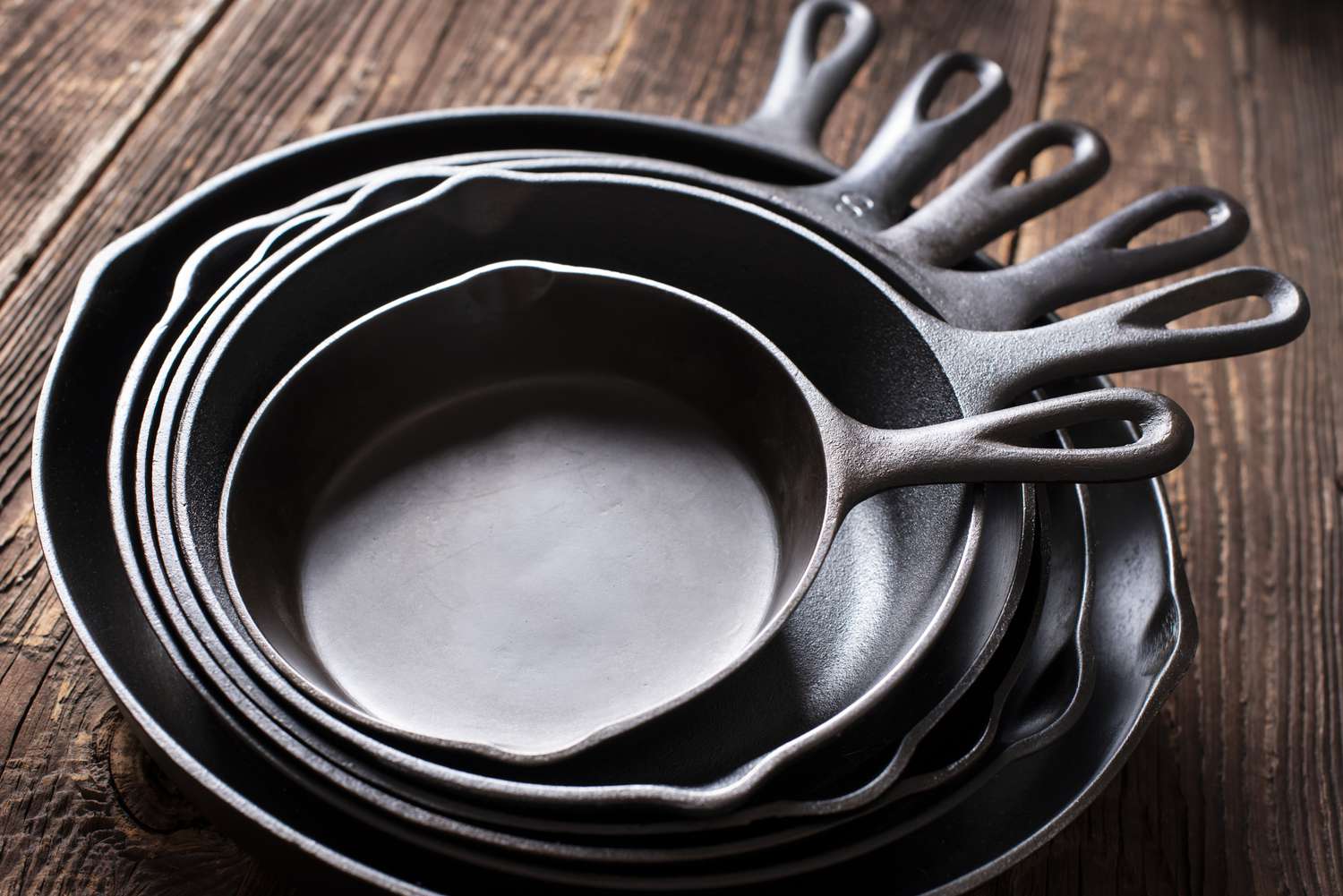

Articles
How To Store Cast Iron Outside
Modified: January 7, 2024
Learn the best way to store your cast iron cookware outside with these helpful articles. Protect your investment and keep them in top condition for years to come.
(Many of the links in this article redirect to a specific reviewed product. Your purchase of these products through affiliate links helps to generate commission for Storables.com, at no extra cost. Learn more)
Introduction
Cast iron cookware has long been cherished for its durability and ability to retain heat. Whether it’s a classic skillet, Dutch oven, or griddle, cast iron is a staple in many kitchens. But what do you do when you have limited space or simply want to keep your cast iron outside? In this article, we will explore the benefits of storing cast iron outside and provide you with tips on how to properly store and protect your beloved cookware.
Storing cast iron outside comes with a range of advantages. First and foremost, it frees up valuable space in your kitchen, especially if you have a growing collection of cast iron cookware. It also allows you to take full advantage of the outdoor cooking experience. Whether you have a backyard grill or enjoy cooking over an open fire, having your cast iron readily available outside can add a new level of convenience and versatility to your cooking endeavors.
Additionally, certain cast iron enthusiasts argue that storing cast iron outside can actually enhance its seasoning. The exposure to the elements, such as the sun and air, can help develop a natural patina on the cookware, resulting in a smoother, more non-stick surface. However, it’s important to note that this process may take time and may not be suitable for all types of cast iron.
When it comes to storing cast iron outside, choosing the right location is crucial. You want to find a spot that is protected from extreme weather conditions, such as direct sunlight, excessive moisture, and temperature fluctuations. An ideal location could be on a covered patio or under an awning, where the cast iron can be shielded from the elements while still being easily accessible for cooking.
Before placing your cast iron outside, it’s important to prepare it properly. Start by thoroughly cleaning and drying the cookware to remove any dirt, grease, or food residue. This not only helps prevent unwanted odors and pests but also ensures that your cast iron remains in good condition.
Once your cast iron is clean and dry, it’s a good idea to lightly oil it to prevent rust during outdoor storage. Use a high-temperature cooking oil, like vegetable oil or flaxseed oil, and apply a thin layer to the entire surface of the cookware. This coating will act as a protective barrier, keeping moisture at bay and helping maintain the integrity of the cast iron.
Key Takeaways:
- Embrace outdoor cooking convenience and space-saving benefits by storing cast iron cookware outside, while ensuring proper cleaning, oiling, and protection from the elements.
- Enjoy enhanced seasoning, extended lifespan, and a connection with nature by carefully choosing the right location and implementing seasonal storage considerations for outdoor-stored cast iron cookware.
Read more: How To Store Cast Iron
Benefits of Storing Cast Iron Outside
Storing your cast iron cookware outside offers several advantages that can enhance your cooking experience and prolong the lifespan of your beloved pieces. Let’s explore the benefits in more detail:
- Space-saving: One of the primary benefits of storing cast iron outside is the ability to free up valuable space in your kitchen. Cast iron cookware can be heavy and take up a significant amount of room in cabinets and drawers. By moving it outside, you can declutter your kitchen and create more storage space for other culinary essentials.
- Convenience: Having your cast iron cookware stored outside can make cooking more convenient, especially if you frequently enjoy outdoor grilling or cooking over an open fire. Instead of having to transport your cast iron back and forth from the kitchen, you can have it readily available outside, saving time and effort.
- Enhanced seasoning: Some cast iron enthusiasts argue that storing cast iron outside can contribute to the development of a desirable patina and enhance the seasoning of the cookware. Exposure to the elements, such as air and sunlight, can naturally help build up a non-stick coating on the surface of the cast iron. This can result in improved cooking performance and easier food release.
- Connection with nature: Storing cast iron outside allows you to enjoy the beauty of nature while preparing meals. Cooking outdoors can be a relaxing and enjoyable experience, immersing you in the sights and sounds of the great outdoors. Whether it’s grilling on a sunny day or cooking over a campfire under the starry night sky, having your cast iron outside can enhance the overall sensory experience.
- Preservation of indoor air quality: Cast iron cookware is known for its ability to retain and distribute heat evenly. However, this heat retention can also lead to a buildup of smoke and strong odors in the kitchen when cooking at high temperatures. Storing your cast iron outside helps to minimize these issues and maintain clean indoor air quality.
- Extended lifespan: Properly storing your cast iron outside can contribute to its longevity. By keeping it out of high-moisture areas and protecting it from extreme weather conditions, such as excessive heat or rain, you can prevent rust and other forms of damage. This ensures that your cast iron cookware remains in excellent condition and can be passed down through generations.
Overall, storing your cast iron cookware outside offers a range of benefits, including space-saving, convenience, enhanced seasoning, a connection with nature, preservation of indoor air quality, and an extended lifespan. By following proper storage and maintenance practices, you can enjoy these advantages while continuing to create delicious meals with your trusted cast iron pieces.
Choosing the Right Location
When it comes to storing your cast iron cookware outside, selecting the right location is crucial for its protection and longevity. Here are some factors to consider when choosing the right spot:
- Protection from the elements: Your cast iron cookware should be stored in a location that offers protection from direct sunlight, excessive moisture, and temperature fluctuations. Prolonged exposure to sunlight can cause fading and discoloration, while excessive moisture can lead to rust and deterioration. Look for a spot that is sheltered, such as a covered patio, outdoor kitchen, or under an awning.
- Avoiding high-traffic areas: It’s best to store your cast iron cookware in an area that is not frequently used or crowded with other objects. This helps prevent accidental damage and ensures that your cookware remains in good condition. Avoid placing it near places where people frequently walk or where it might be bumped or knocked over.
- Accessible for cooking: While it’s important to protect your cast iron cookware, you also want it to be easily accessible for outdoor cooking. Choose a location that is convenient for you to reach and use when you’re ready to fire up the grill or cook over an open flame. Consider proximity to your outdoor cooking area and make sure it’s within reach of your other cooking tools and ingredients.
- Consideration for airflow: Proper airflow is essential for preventing moisture buildup and maintaining the integrity of your cast iron cookware. Avoid storing it in tightly enclosed spaces or near areas that have poor ventilation. Instead, choose a location that allows for sufficient air circulation, which can help prevent the development of rust and other forms of damage.
- Security and pest control: Ensure that the location you choose provides adequate security for your cast iron cookware. You don’t want your valuable pieces to be at risk of theft or damage. Additionally, consider implementing measures to prevent pests, such as rodents or insects, from accessing your cookware. This may include using covers, sealing openings, or storing your cast iron in secure containers.
By carefully considering these factors, you can find the ideal location to store your cast iron cookware outside. Remember, the goal is to protect your cookware from the elements while ensuring it remains easily accessible for outdoor cooking. Taking the time to choose the right spot will go a long way in preserving the quality and lifespan of your cast iron pieces.
Preparing the Cast Iron for Outdoor Storage
Before you store your cast iron cookware outside, it’s important to properly prepare it to ensure its longevity and protection. Follow these steps to get your cast iron ready for outdoor storage:
- Cleaning: Start by thoroughly cleaning your cast iron cookware. Remove any food residue, grease, or debris from the surface. You can use a scrub brush or sponge with warm water and mild dish soap. Avoid using harsh abrasives or abrasive cleaners, as they can damage the seasoning of your cast iron.
- Drying: After cleaning, make sure to thoroughly dry your cast iron cookware. Use a clean towel or paper towel to remove all moisture from the surface. Moisture can lead to rust, so it’s essential to ensure your cookware is completely dry before storing it outside.
- Oiling: Applying a thin layer of oil to your cast iron helps prevent rust and keeps it in optimal condition during outdoor storage. Choose a high-temperature cooking oil, such as vegetable oil or flaxseed oil, and apply a thin coating to the entire surface of the cookware. Use a cloth or paper towel to spread the oil evenly, making sure to cover all areas.
- Heat treatment: Heat treatment is an optional but beneficial step in preparing your cast iron for outdoor storage. This process helps to create a stronger bond between the oil and the metal, further enhancing its rust prevention capabilities. Simply preheat your oven to a low temperature (around 300°F / 150°C), place your oiled cast iron upside down on the middle rack, and bake it for about an hour. Once done, turn off the oven and let the cast iron cool completely before removing it.
- Applying a final coat: After heat treatment, you can apply a final thin coat of oil to your cast iron cookware. This additional layer helps provide extra protection during storage. Wipe off any excess oil with a clean cloth or paper towel to prevent it from becoming sticky or rancid.
Following these steps will ensure that your cast iron cookware is clean, dry, and adequately oiled, ready for outdoor storage. Remember, proper preparation is essential to keep your cast iron in excellent condition and protect it from rust and other forms of damage that can occur during outdoor storage.
Cleaning and Maintenance Tips for Outdoor-Stored Cast Iron
To maintain the quality and performance of your cast iron cookware that is stored outside, regular cleaning and maintenance are essential. Here are some tips to keep your outdoor-stored cast iron clean and in excellent condition:
- Immediate cleaning: After each use, clean your cast iron cookware as soon as possible. Avoid leaving food residue or grease on the surface for an extended period, as it can lead to a buildup and make cleaning more challenging.
- Gentle cleaning: Use a soft scrub brush or sponge with warm water and mild dish soap to clean your cast iron. Avoid using harsh abrasives or metal utensils that can scratch or damage the seasoned surface.
- Avoid soaking: While it’s important to clean your cast iron, avoid prolonged soaking in water, as it can lead to rust formation. Instead, wash it quickly, rinse well, and dry it thoroughly.
- Dry thoroughly: After washing, ensure that your cast iron cookware is completely dry before storing it. Thoroughly dry it with a clean towel or by placing it on a heat source for a few minutes to evaporate any remaining moisture.
- Re-oiling: Regularly re-oil your cast iron to maintain its seasoning and protect it from rust. After cleaning and drying, apply a light coating of oil to the entire surface and remove any excess. This practice will help keep your cast iron in optimal condition.
- Avoid abrasive cleaning tools: Steer clear of using abrasive cleaning tools, such as steel wool or harsh brushes, as they can strip away the seasoning and damage the surface of your cast iron.
- Prevent rust: If you notice any signs of rust on your outdoor-stored cast iron, address it immediately. Scrub the affected area with a soft brush or sponge, then apply a layer of oil to prevent further rusting.
- Regular inspections: Periodically inspect your cast iron cookware for any signs of damage, such as cracks or excessive rust. If any issues are detected, address them promptly to avoid further deterioration.
By following these cleaning and maintenance tips, you can keep your outdoor-stored cast iron cookware in excellent condition. Regular cleaning, thorough drying, and proper re-oiling will help maintain the integrity of the seasoning and prevent rust formation. With proper care, your cast iron cookware can provide you with many years of delicious cooking outdoors.
Read more: How To Store A Cast Iron Skillet
Covering and Protecting the Cast Iron
Properly covering and protecting your cast iron cookware when storing it outside is crucial to shield it from the elements and ensure its longevity. Here are some tips to help you effectively cover and protect your outdoor-stored cast iron:
- Use custom-fit covers or bags: Consider investing in custom-fit covers or bags specifically designed for cast iron cookware. These covers provide a snug fit, ensuring that your cookware is fully protected from dust, dirt, and moisture. Look for covers made from durable materials, like canvas or polyester, which can withstand outdoor conditions.
- Wrap in cloth or towels: If custom-fit covers are not available, you can wrap your cast iron in clean, dry cloth or towels. This will provide a layer of protection against scratches and help absorb any moisture, preventing rust formation.
- Separate with paper or cardboard: If you stack your cast iron cookware for storage, place a layer of paper or cardboard between each piece to prevent them from rubbing against each other. This helps prevent scratches and prolongs the life of your cookware’s seasoning.
- Consider storage containers: Another option for protecting your cast iron cookware is storing it in plastic storage containers with lids. Ensure that the containers are clean and dry before placing your cookware inside. This method provides an additional layer of protection against moisture and pests.
- Avoid airtight sealing: Although protecting your cast iron from moisture is important, it’s crucial to avoid airtight sealing. Airtight containers or bags can trap moisture and lead to the development of rust. Instead, allow for some airflow to circulate around your cookware to prevent moisture buildup.
- Regularly check and clean covers: If you choose to use covers for your outdoor-stored cast iron, regularly check and clean them to ensure they remain in good condition. Remove any dirt or debris and allow them to dry completely before covering your cookware once again.
- Store in a protected area: Find an area to store your covered or wrapped cast iron cookware that is sheltered from direct sunlight, rain, and extreme temperature fluctuations. A covered patio, shed, or garage can provide suitable protection against the elements.
By following these covering and protection tips, you can safeguard your outdoor-stored cast iron cookware and prolong its lifespan. Using custom-fit covers or wrapping in cloth, separating pieces with paper or cardboard, and considering storage containers will help prevent damage and keep your cast iron in excellent condition for years to come.
After cleaning and drying your cast iron, apply a thin layer of vegetable oil to prevent rust. Store it in a dry place with good air circulation to avoid moisture buildup.
Seasonal Storage Considerations
When it comes to storing your cast iron cookware outside, seasonal changes can bring about different storage considerations. Here are some important factors to keep in mind for each season:
Winter:
As temperatures drop during winter, it’s crucial to protect your cast iron cookware from freezing conditions. Excessive exposure to freezing temperatures can cause the metal to contract and potentially lead to cracks or damage. Consider bringing your cast iron inside during the coldest months or storing it in a well-insulated location, such as a heated garage or shed. If keeping your cookware outside during winter, make sure it is properly covered or wrapped to shield it from moisture and extreme cold.
Spring:
Springtime often brings an increase in humidity and rain. It’s important to inspect your cast iron cookware for any signs of rust or moisture buildup. If you notice any rust spots, gently scrub them off with a soft brush or sponge and reapply a thin layer of oil. Check that your covers or wraps are still in good condition and replace them if necessary. Ensure your storage location is well-ventilated to prevent moisture from accumulating.
Read more: How To Store A Cast Iron Pan
Summer:
During the hot summer months, it’s crucial to protect your cast iron cookware from direct sunlight. Prolonged exposure to the sun’s rays can cause fading, discoloration, and potential damage to the seasoning. Store your cookware in a shaded area, use covers with ultraviolet (UV) protection, or consider using light-colored covers that reflect the sun’s rays. Regularly check for any signs of moisture, mold, or pests, and address any issues promptly.
Fall:
In the fall, fallen leaves and debris can accumulate around your storage area. It’s important to regularly clear and clean the surrounding area to prevent pests and moisture from affecting your cast iron cookware. Inspect covers or wraps for any damage that may have occurred during the season and replace them if needed. Ensure your storage location remains dry and well-ventilated, as dampness can lead to rust formation.
Overall, monitoring your cast iron cookware throughout the seasons is essential for its preservation. Be mindful of specific weather conditions and make any necessary adjustments to protect your cast iron from extreme temperatures, moisture, sunlight, and other potential hazards.
By taking these seasonal storage considerations into account, you can ensure that your outdoor-stored cast iron cookware remains in excellent condition year-round.
Conclusion
Storing cast iron cookware outside can be a practical and convenient solution for those who are short on kitchen space or want to fully embrace outdoor cooking. By following proper storage and maintenance techniques, you can keep your cast iron in excellent condition and enjoy its benefits for years to come.
Choosing the right location for storing your cast iron cookware outside is essential. Look for a spot that offers protection from direct sunlight, excessive moisture, and temperature fluctuations. Ensure it is easily accessible for outdoor cooking and allows for proper airflow to prevent rust and damage.
Preparing your cast iron for outdoor storage involves thorough cleaning, drying, and applying a protective layer of oil. This helps prevent rust and keeps your cookware in optimal condition during storage. Regular cleaning and maintenance, such as gentle scrubbing, thorough drying, and re-oiling, will ensure that your cast iron stays in great shape.
Covering and protecting your cast iron is crucial to shield it from the elements. Consider using custom-fit covers or wrapping your cookware in cloth or towels to prevent scratches and moisture buildup. Avoid airtight sealing to allow for proper airflow and regularly check and clean covers to ensure their effectiveness.
Seasonal storage considerations are important to address different weather conditions. Protect your cast iron from freezing temperatures in winter, monitor for rust and humidity in spring, shield it from direct sunlight in summer, and clear debris in fall. Adjust storage practices accordingly for each season to keep your cast iron in optimal condition.
In conclusion, with the right storage techniques and regular maintenance, you can store your cast iron cookware outside with confidence. By incorporating these tips into your cast iron care routine, you can fully enjoy the benefits of your beloved cookware while optimizing space and enhancing your outdoor cooking experience.
Frequently Asked Questions about How To Store Cast Iron Outside
Was this page helpful?
At Storables.com, we guarantee accurate and reliable information. Our content, validated by Expert Board Contributors, is crafted following stringent Editorial Policies. We're committed to providing you with well-researched, expert-backed insights for all your informational needs.
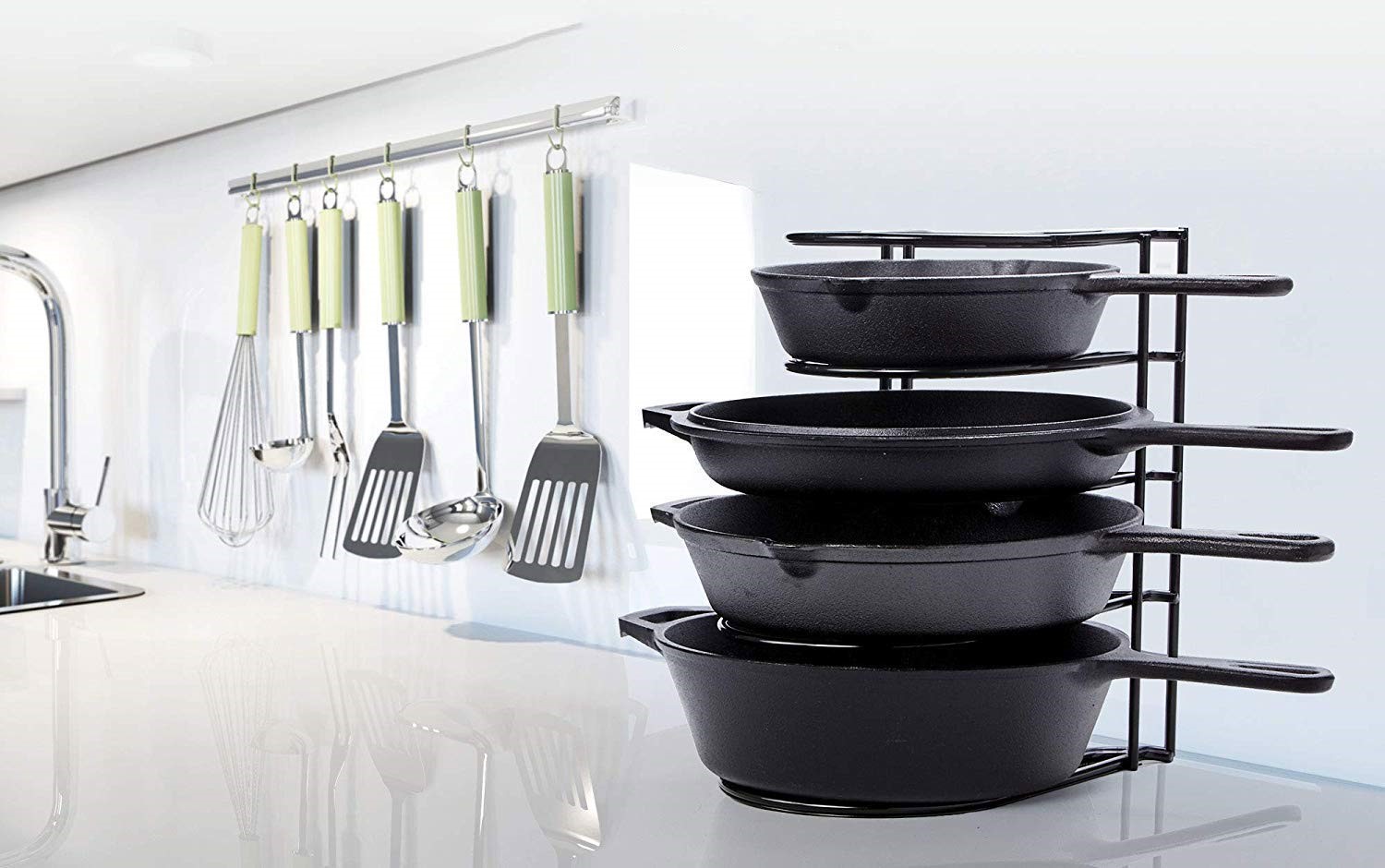
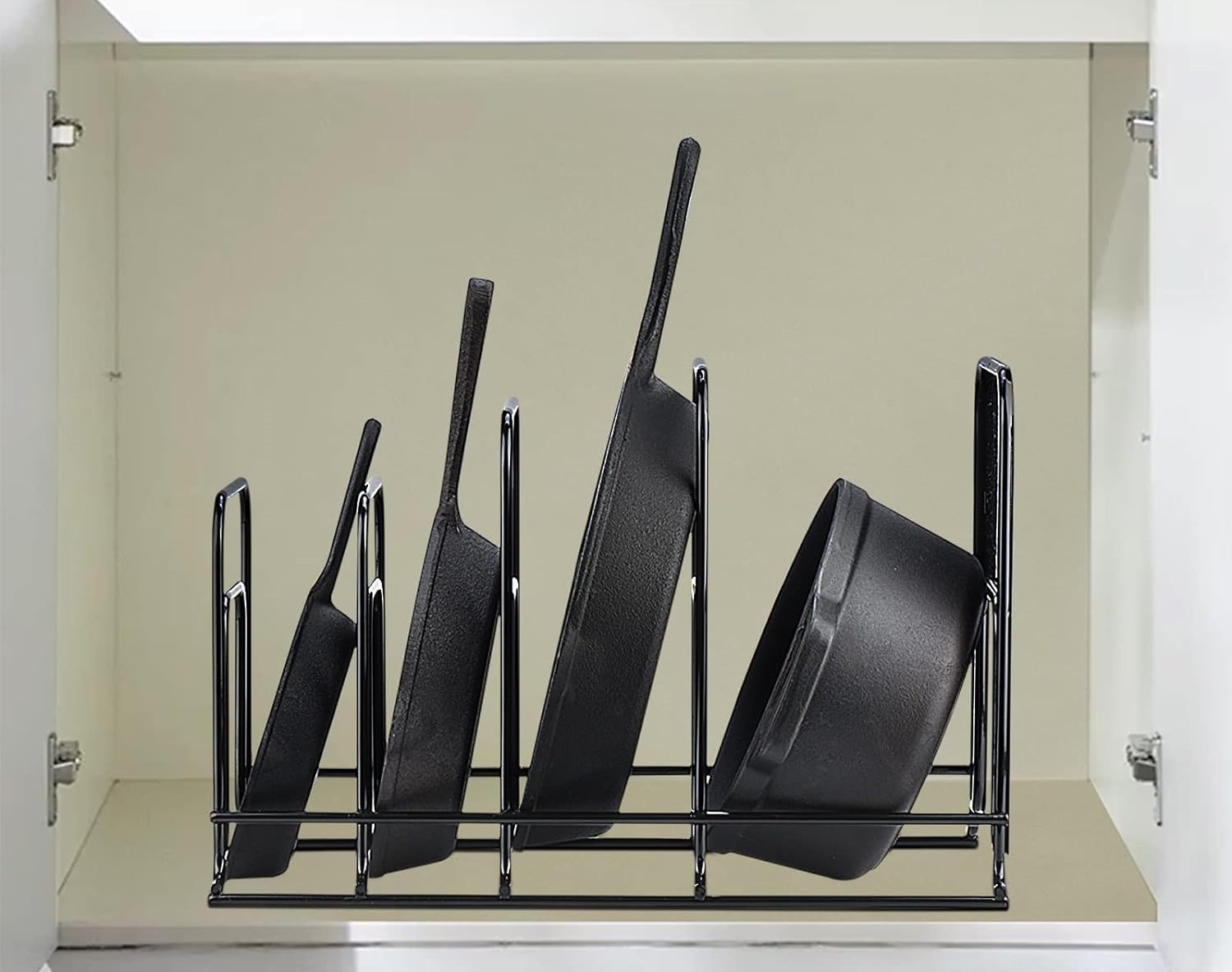
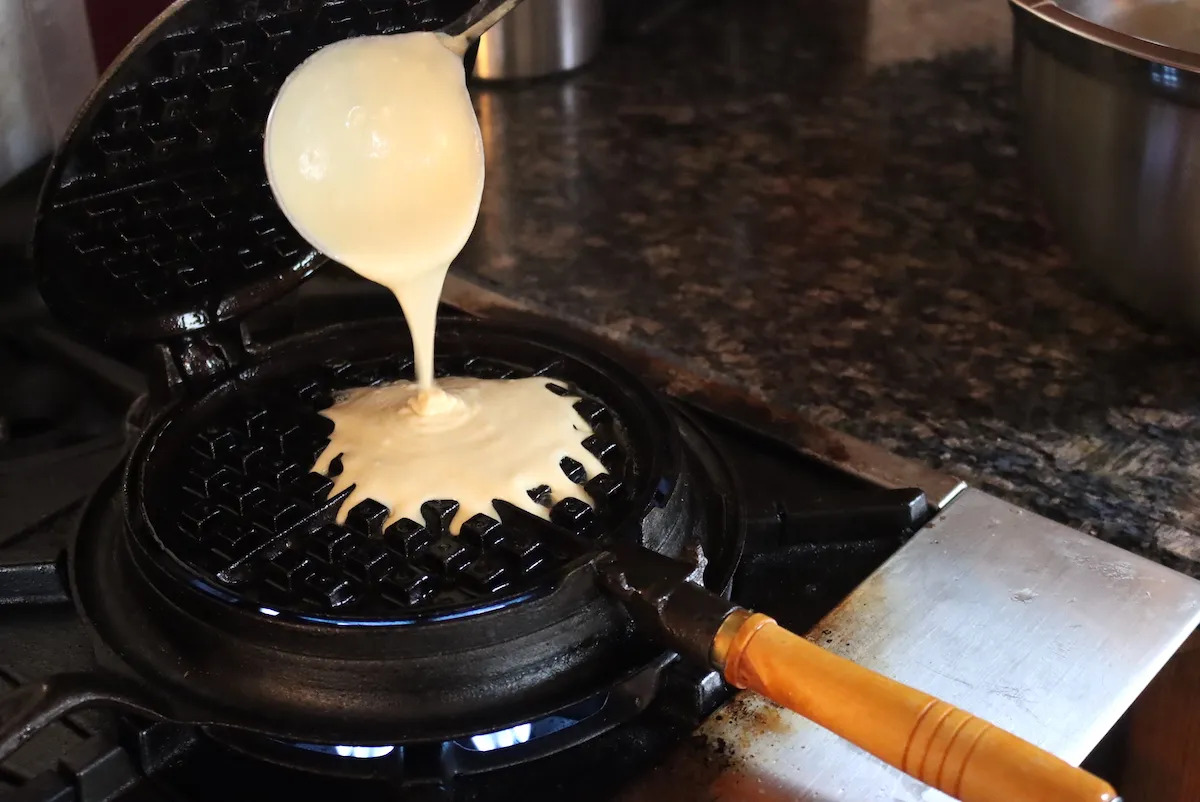
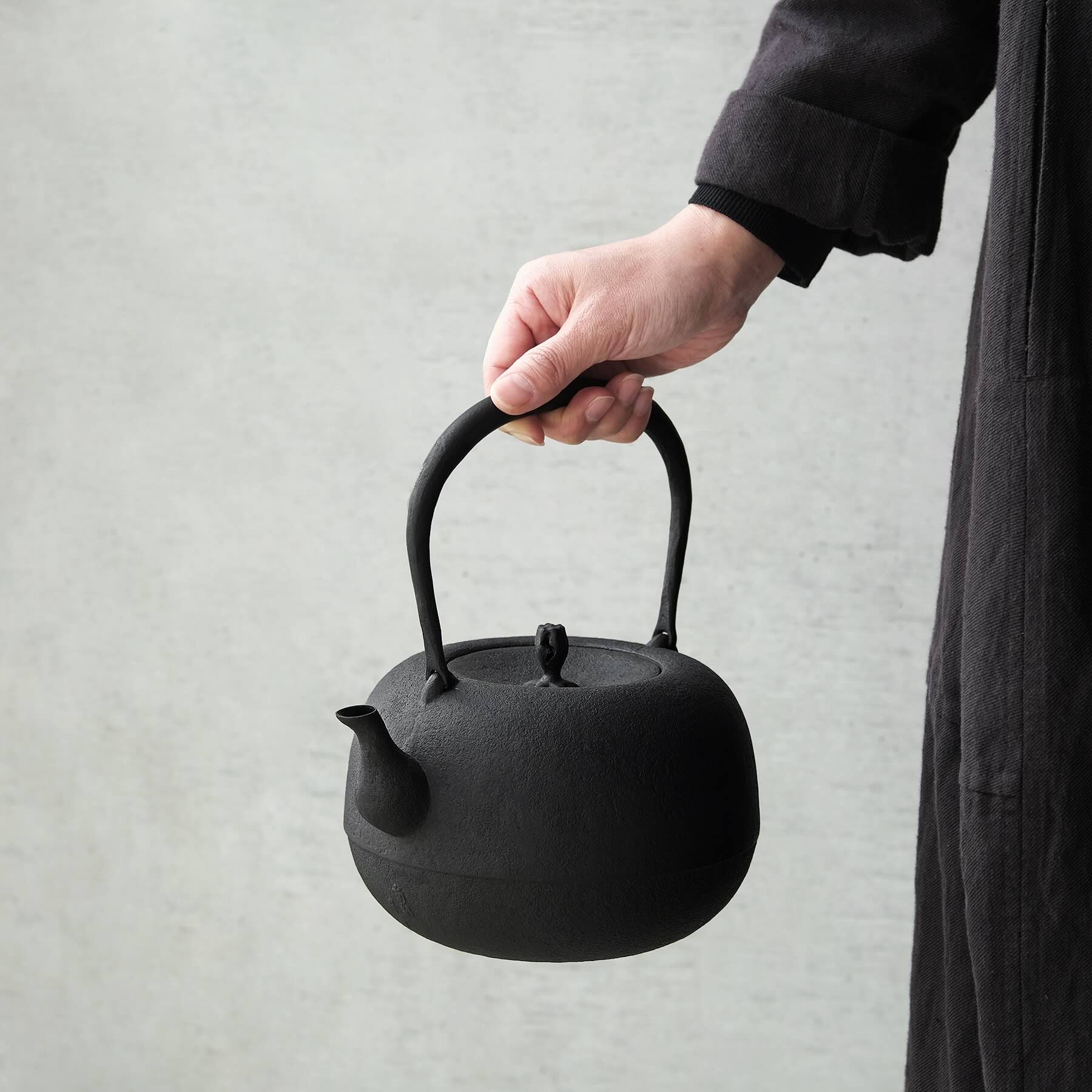
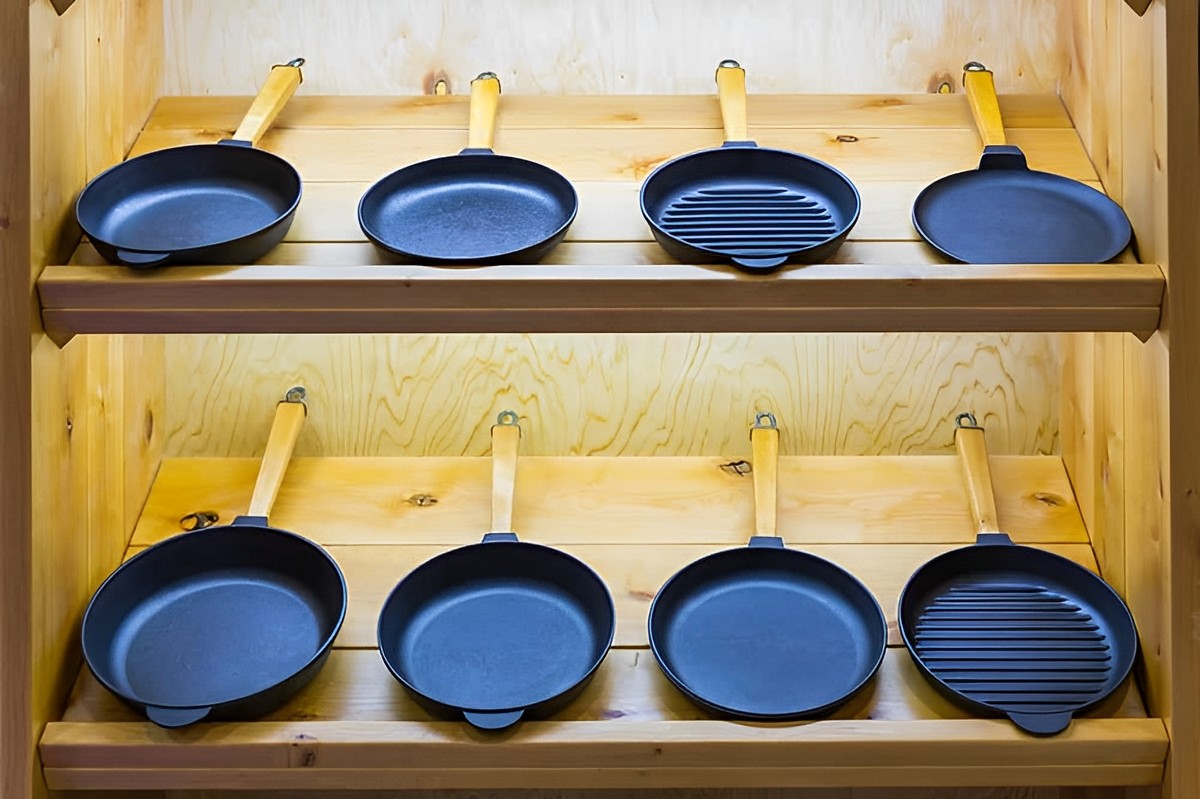
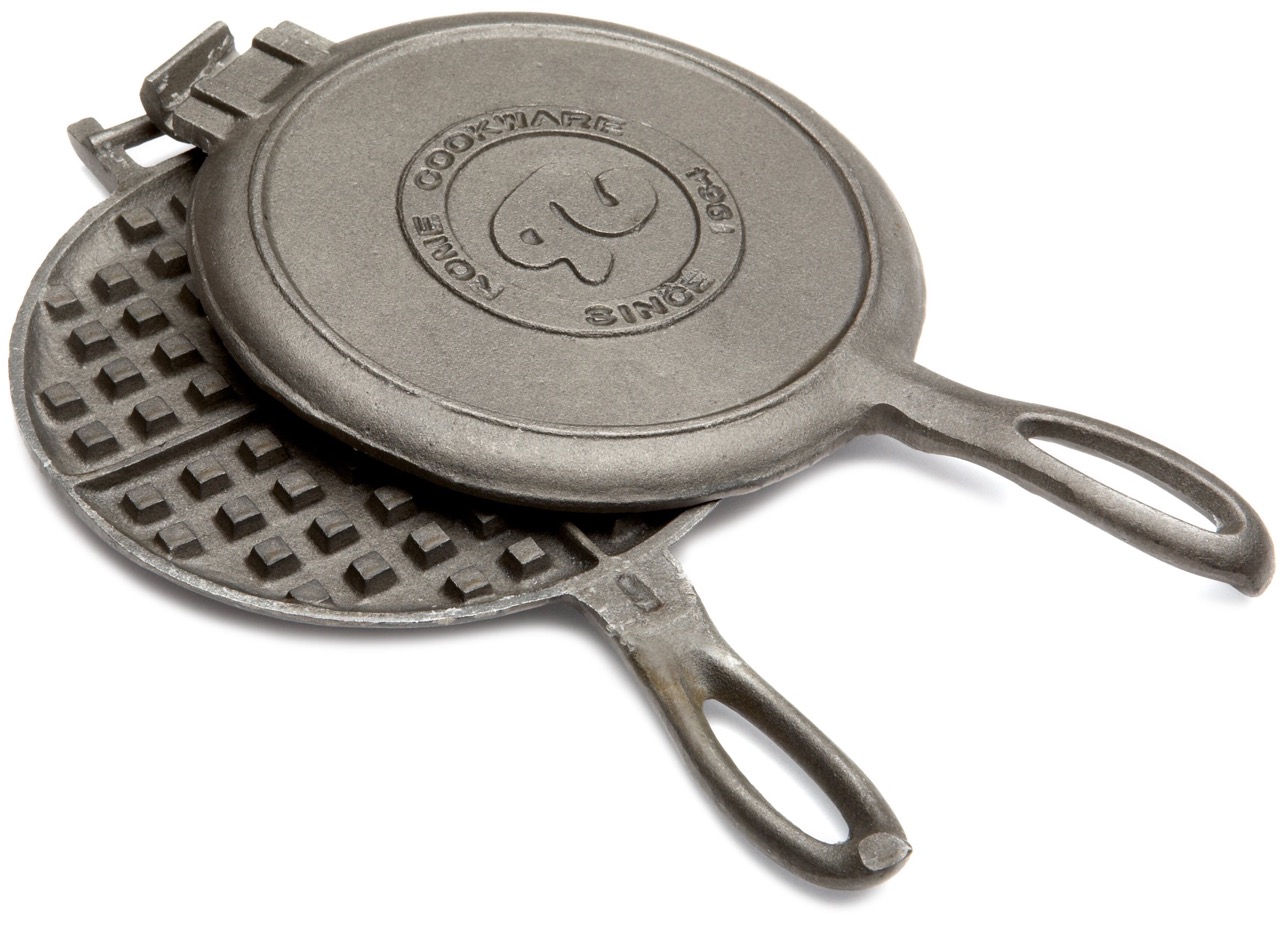
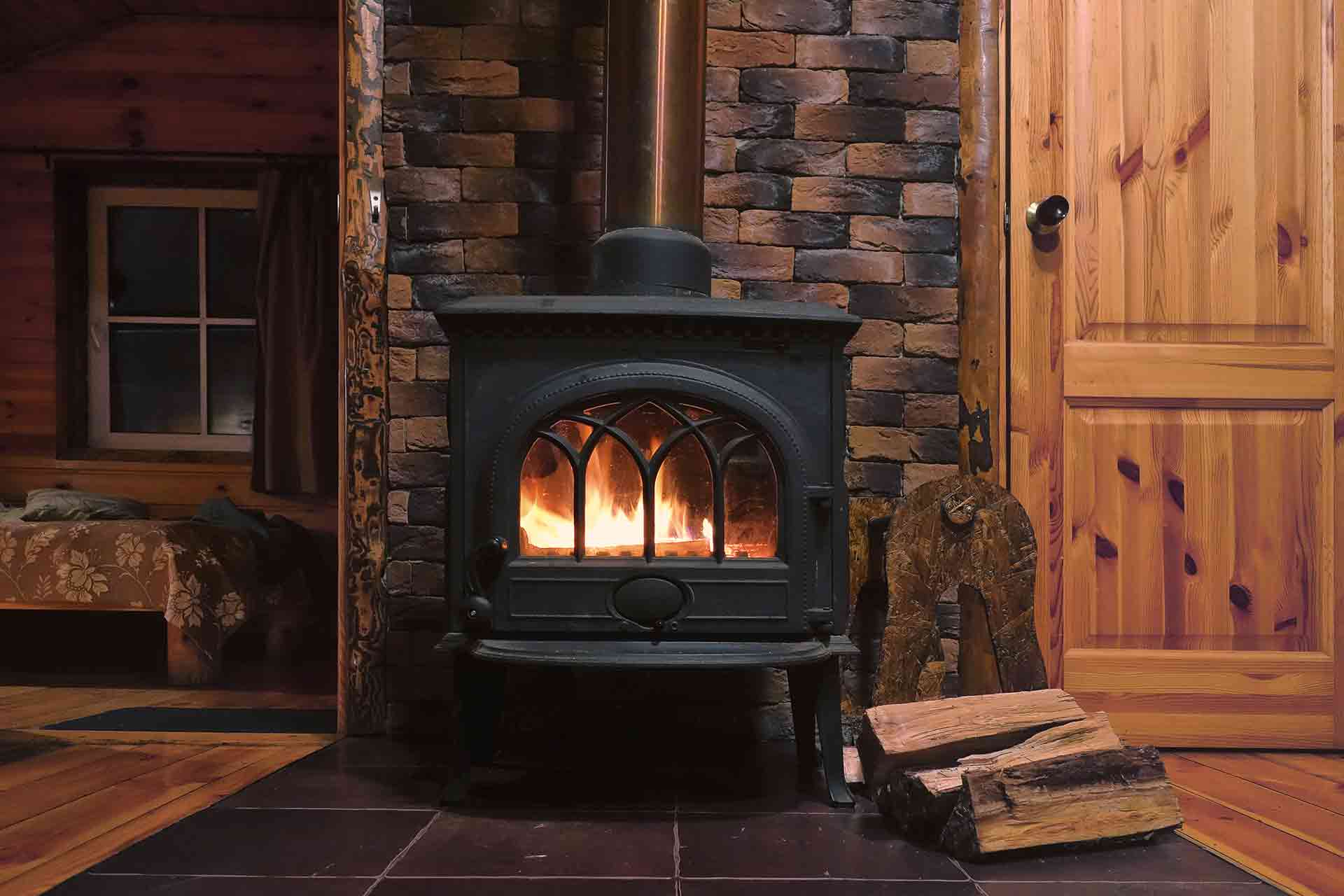
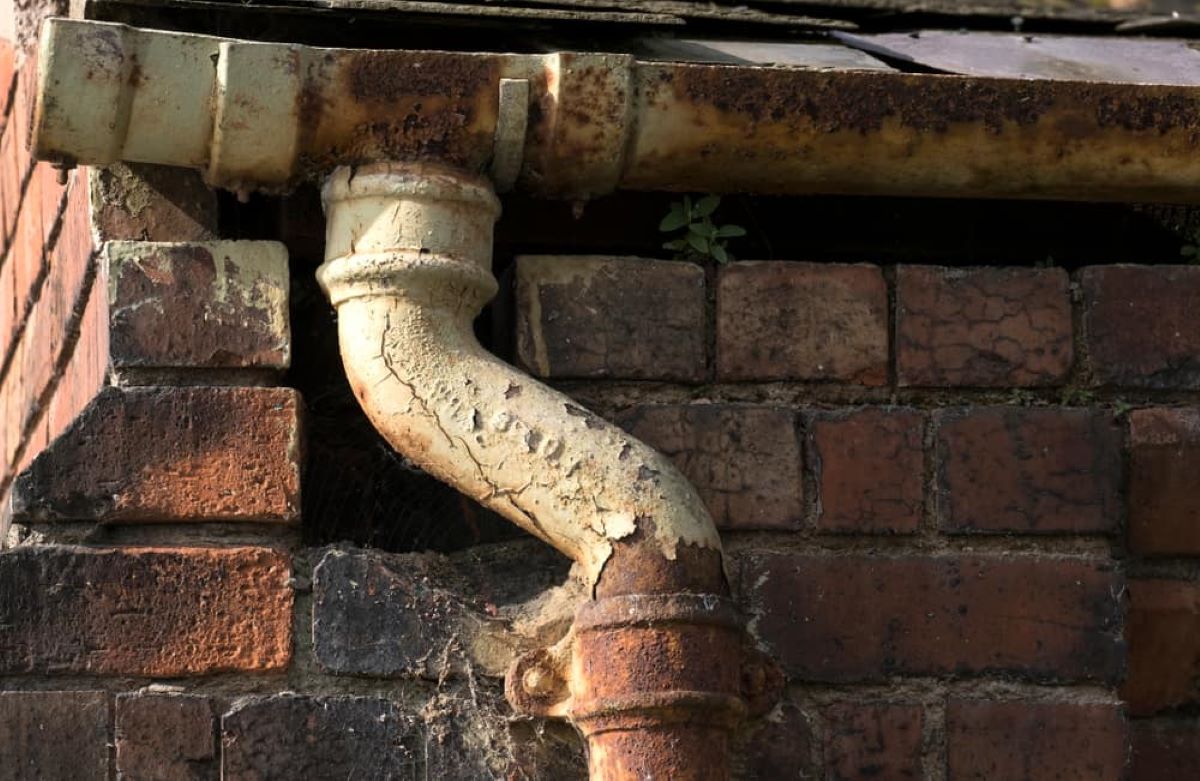
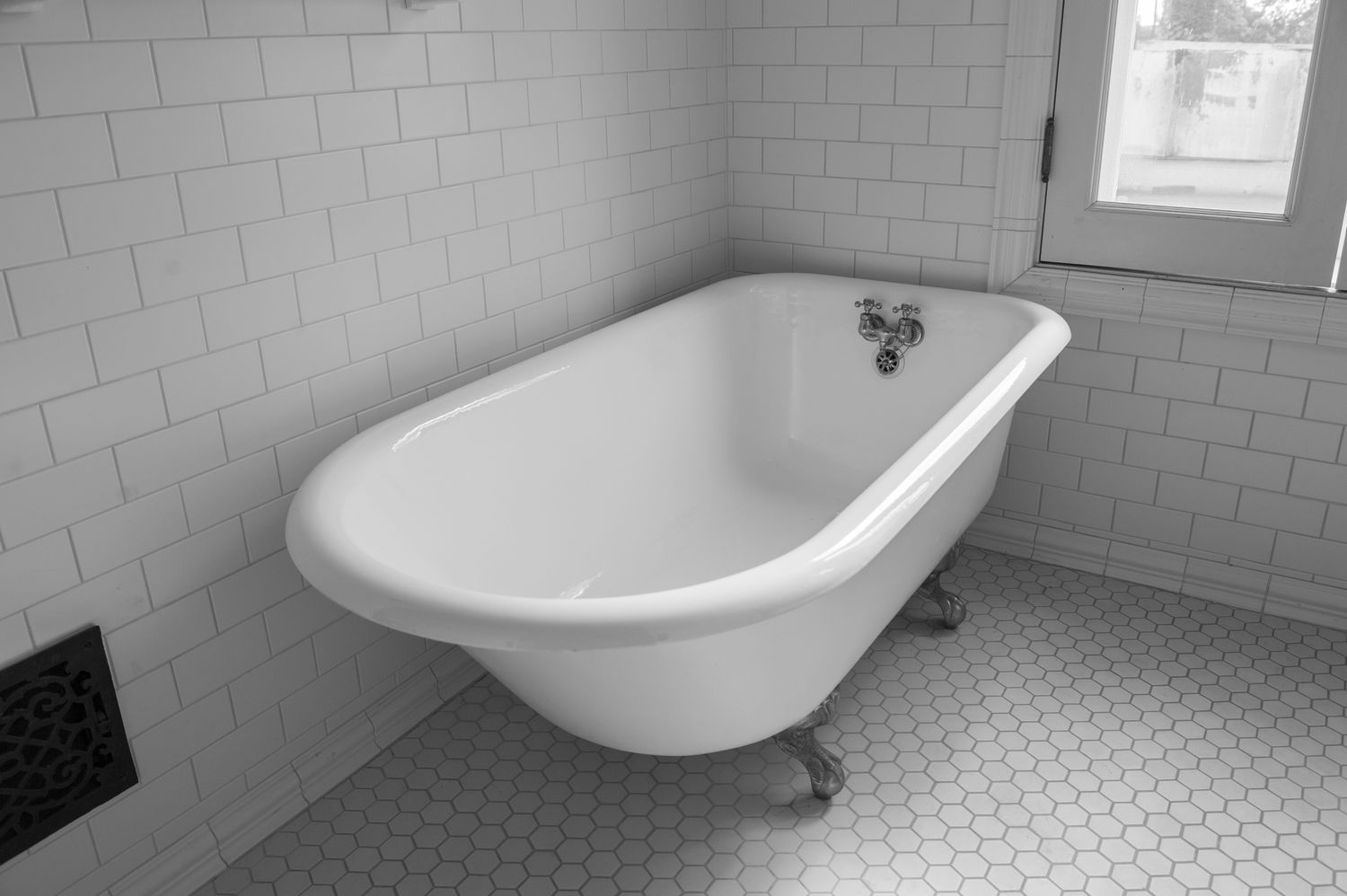
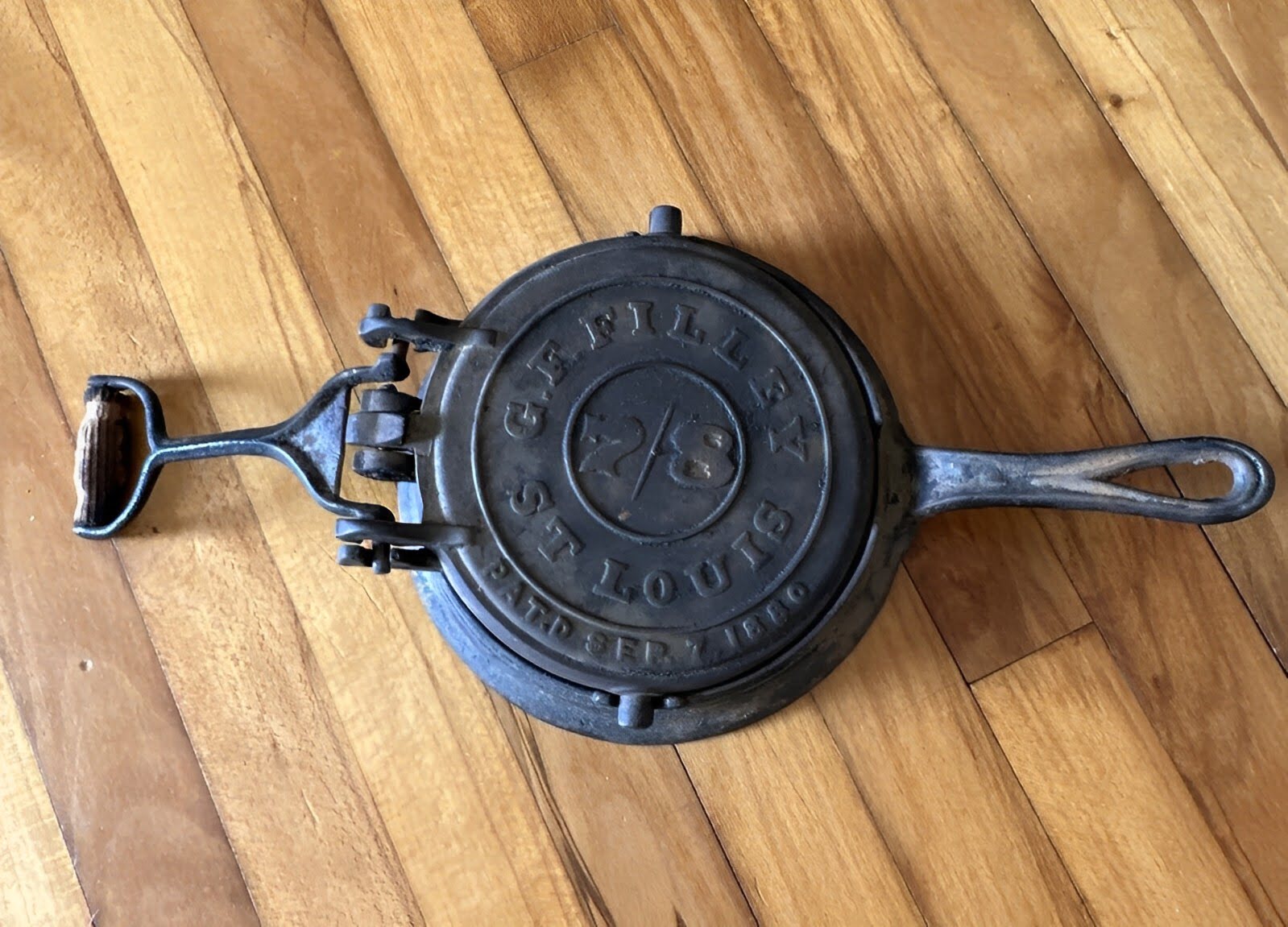
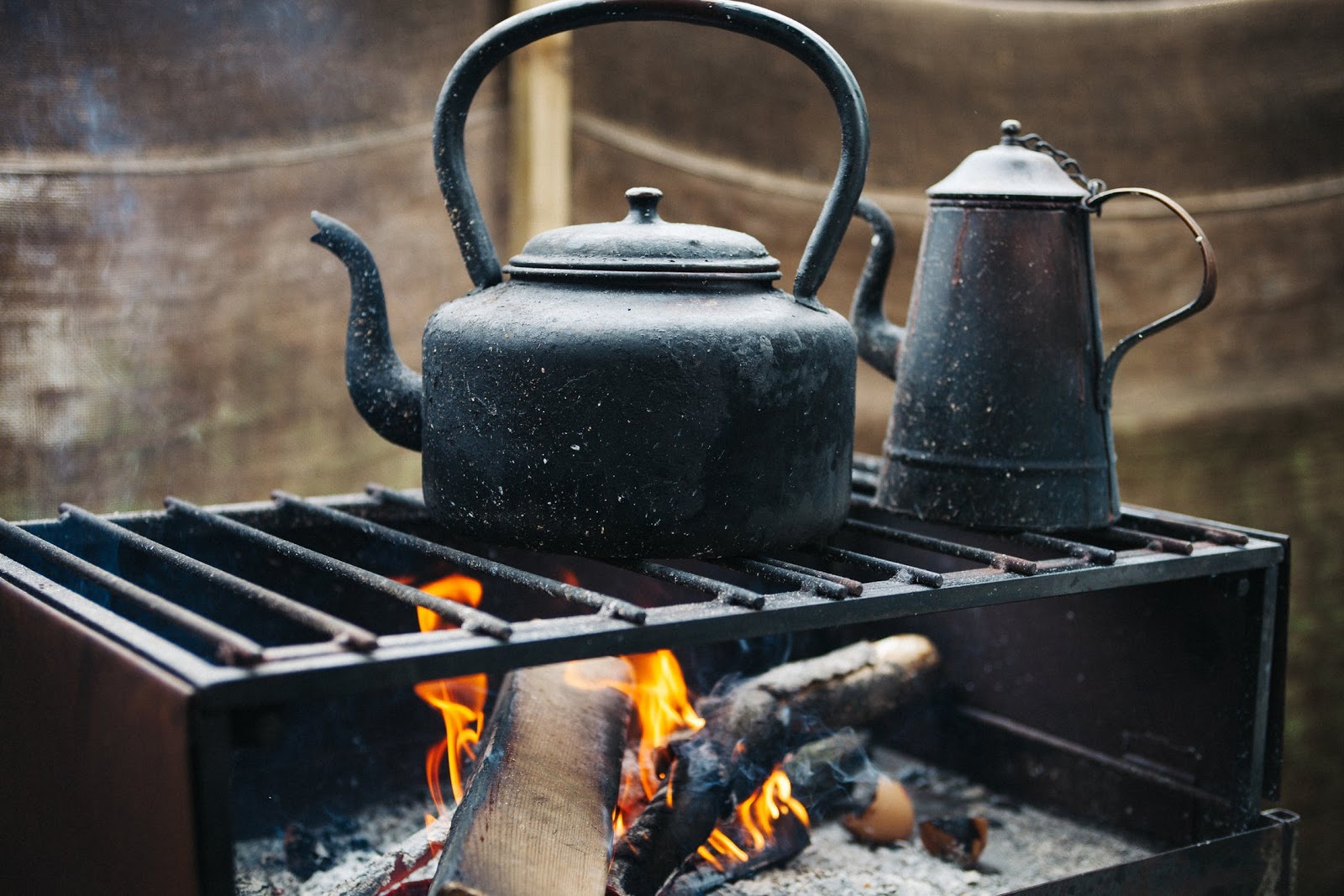
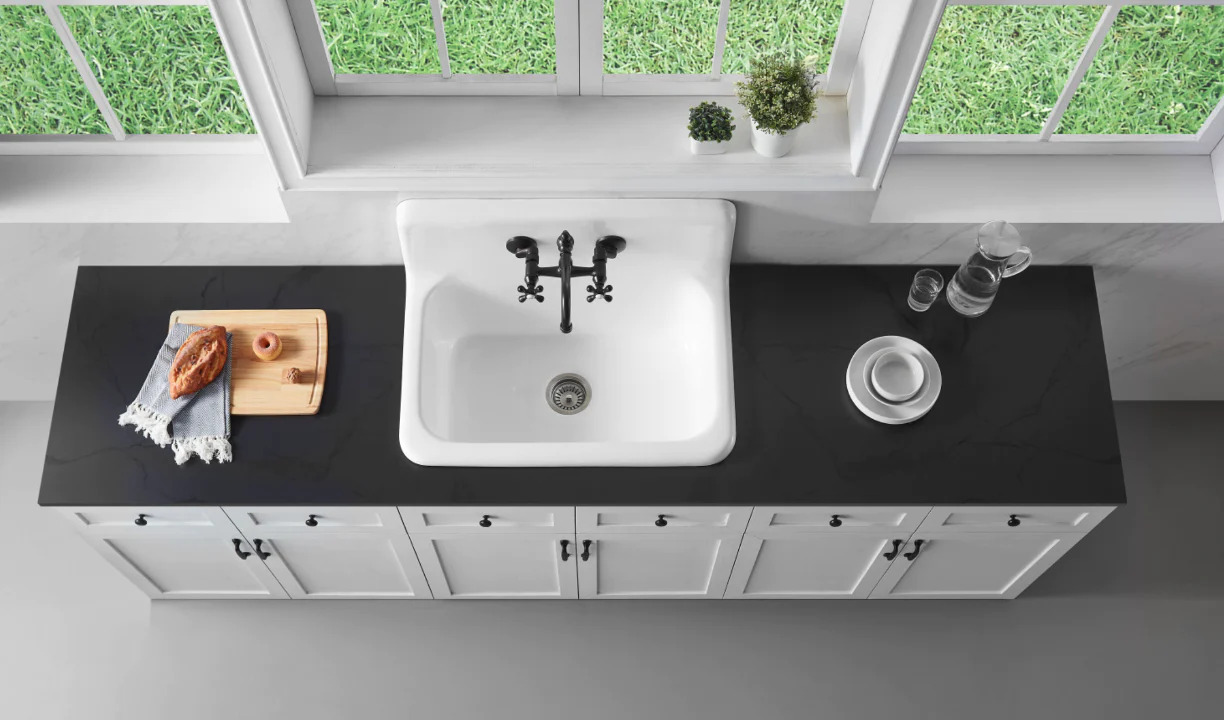
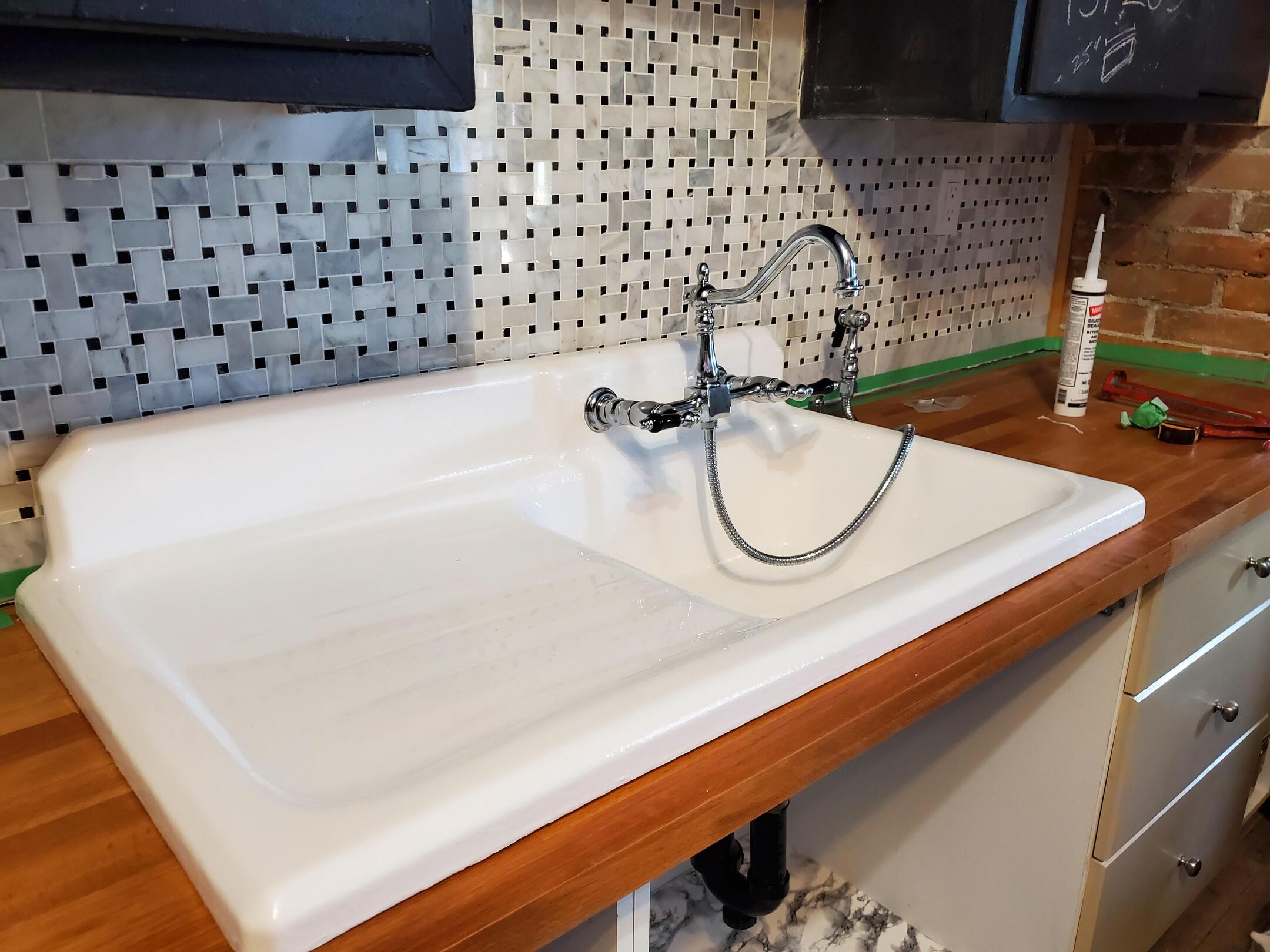

0 thoughts on “How To Store Cast Iron Outside”